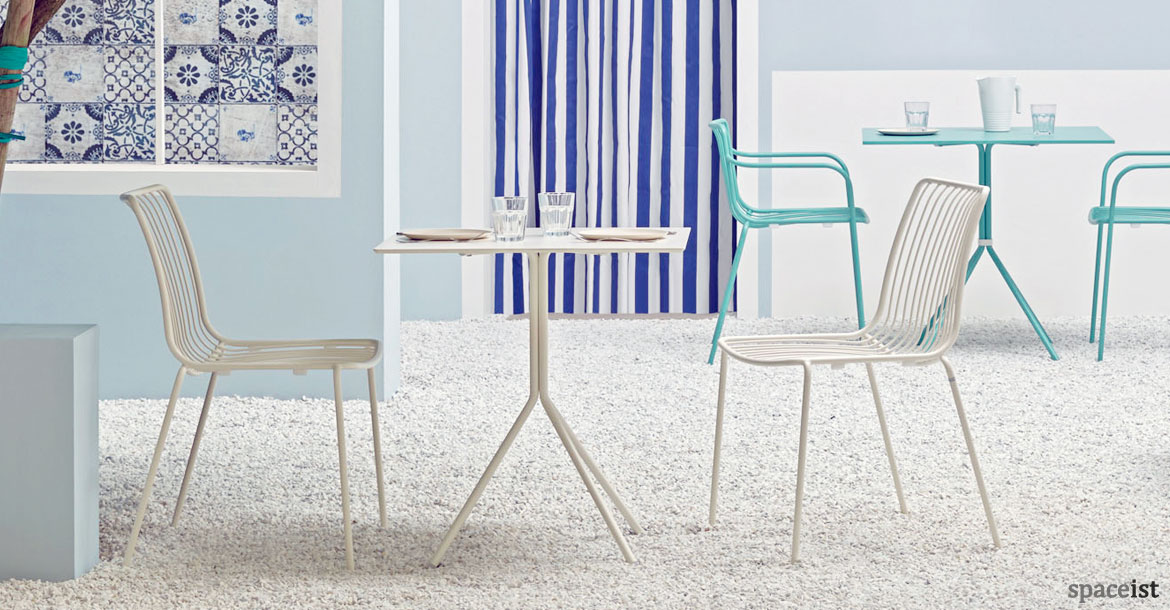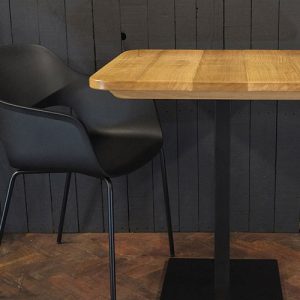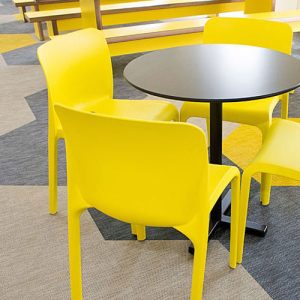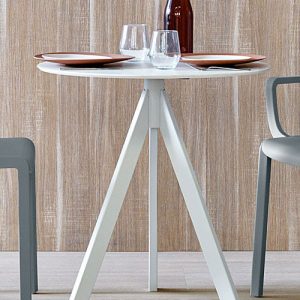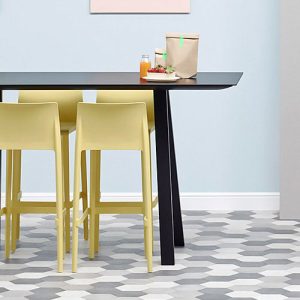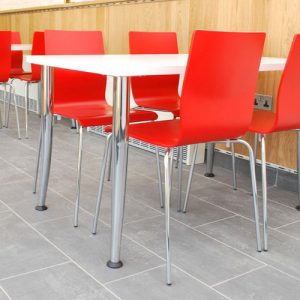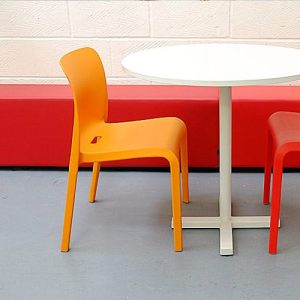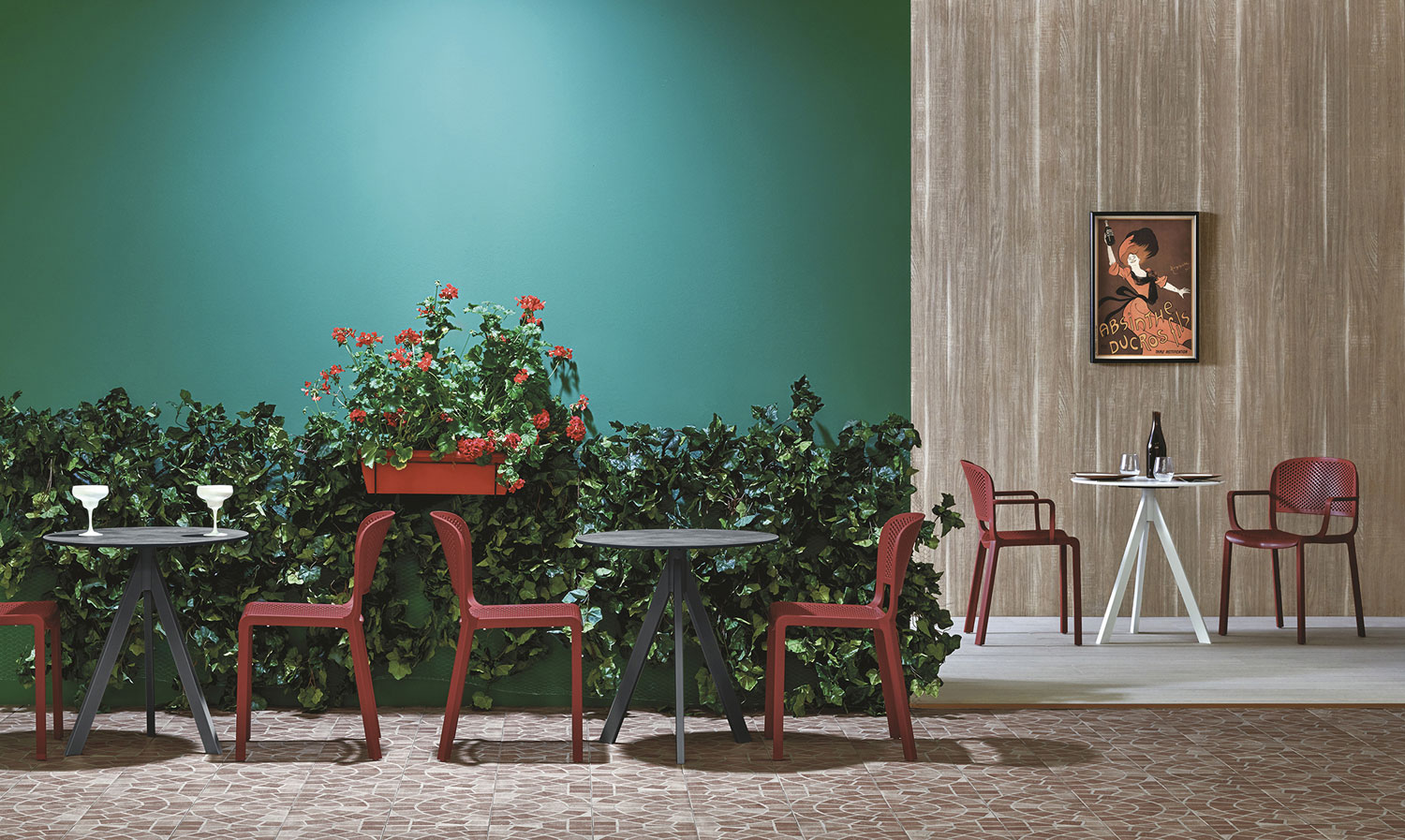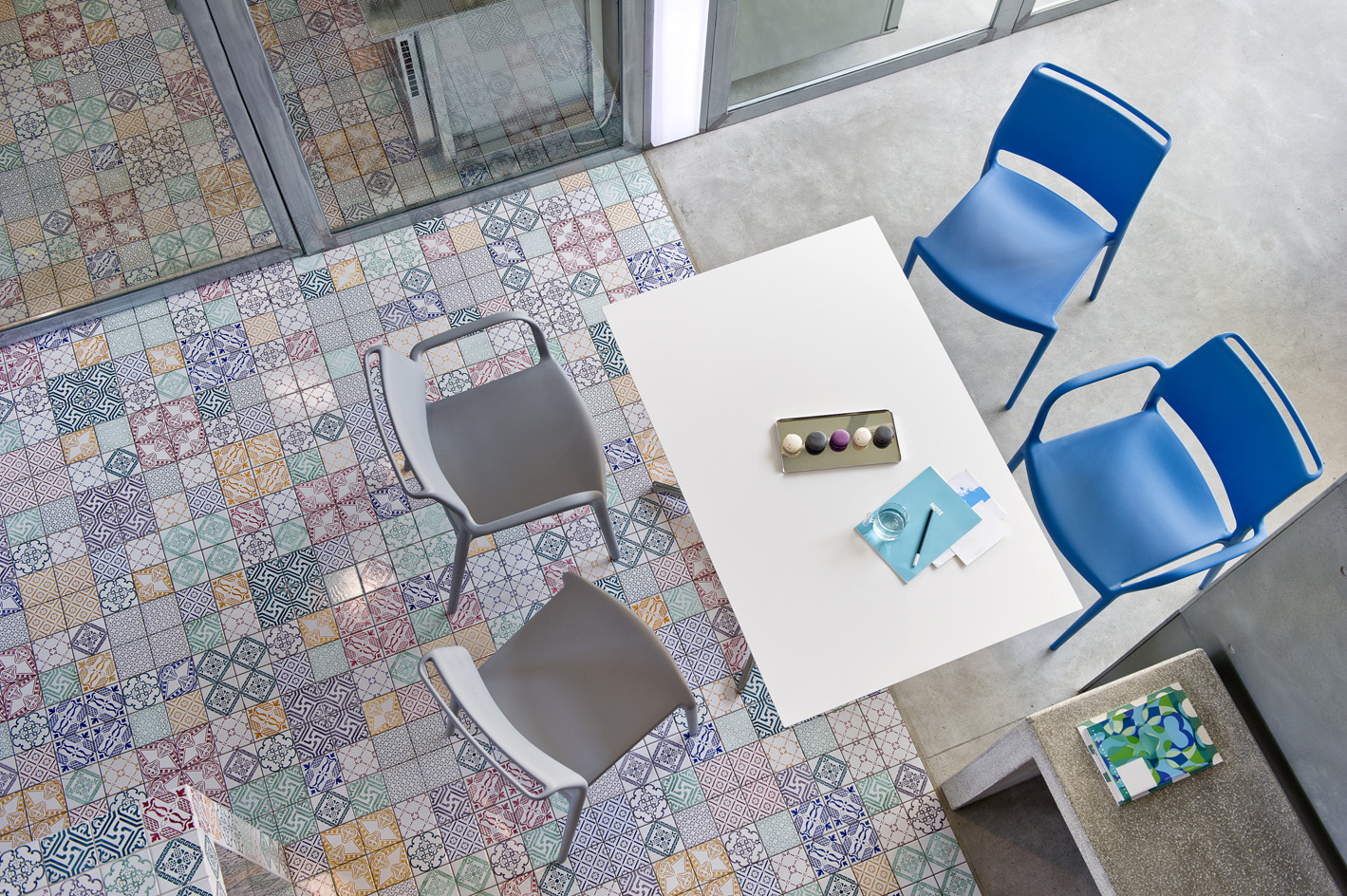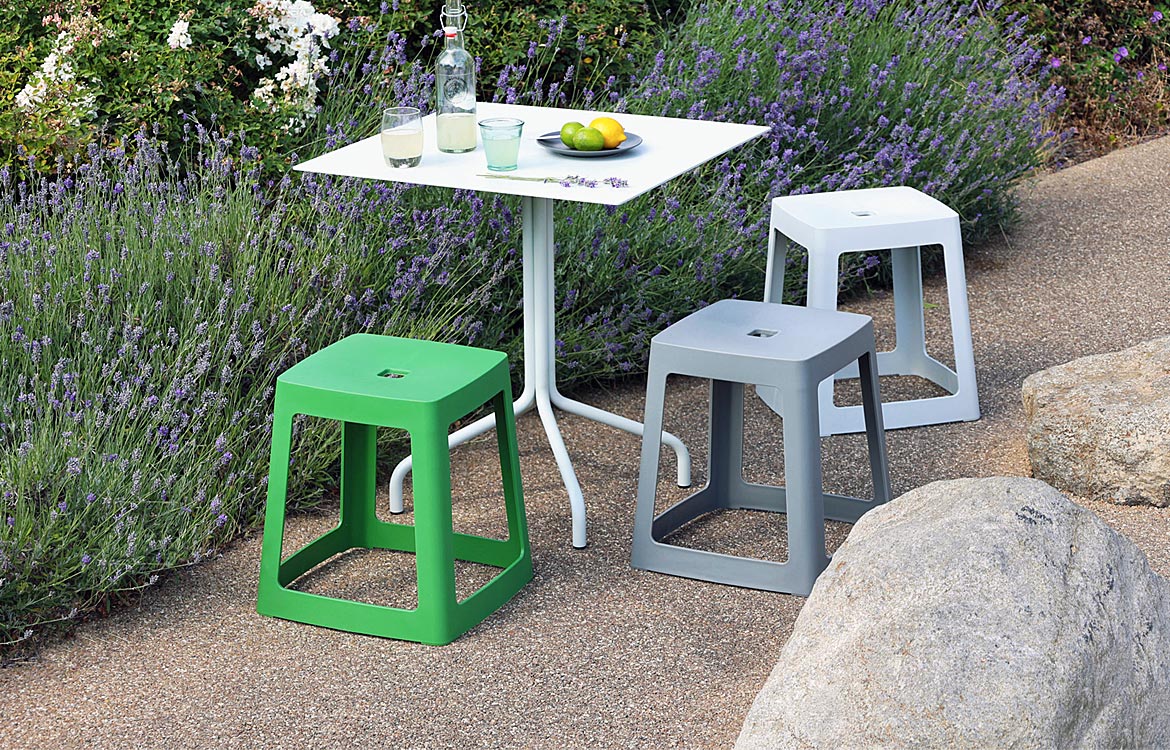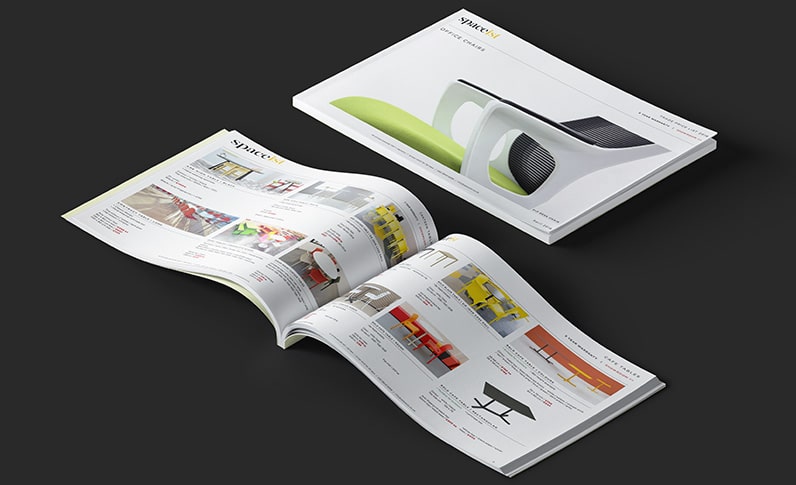What to consider when buying eco-friendly café furniture
Take the following tips into consideration when buying low impact café furniture:
Durability and longevity
When buying green café furniture (as in eco-friendly café furniture) one of your main concerns will be about its durability and longevity. The furniture will be used every day by large numbers of people, so you don’t want to have to keep buying replacements. If you are buying vintage furniture, try to get a good idea of its history and check its condition thoroughly before parting with your money.
Comfort and design
When it comes to the comfort and design of ethical café furniture, you should not really see any difference from non-sustainable furniture. When manufactured using recycled or approved materials, the process is the same, so it comes down to matching it with your café décor and ensuring it is suitable for use in a café setting. As we mentioned above, if you are buying vintage furniture, then you might want to inspect it closely to ensure it still has the right amount of back support and overall comfort.
Cost and maintenance
Buying sustainable furniture may require you to spend a little more compared to the prices quoted for fast furniture. However, when viewed as a long-term investment it can help save you money over time. Buying cheap furniture usually means that it has been made from low quality materials, which often sees it deteriorate faster, forcing you to spend more on repairs and replacements. Sustainable wood that has been treated, recycled plastics and biodegradable furniture is often very well made and pays of itself over time.
Sustainability certifications and standards
If you are buying wooden eco-friendly café furniture, look for timber that is FSC certified. FSC stands for Forest Stewardship Council, and it is the best known certification scheme in the UK. There are two types of certified sustainable wood available: Forest management, which means the wood has been independently audited to verify its sustainability, and Chain of Custody, which means the timber has been checked at every stage of its journey from the forest to the factory. Look for labels with FSC 100%, FSC mix or FSC 100% recycled wood.


